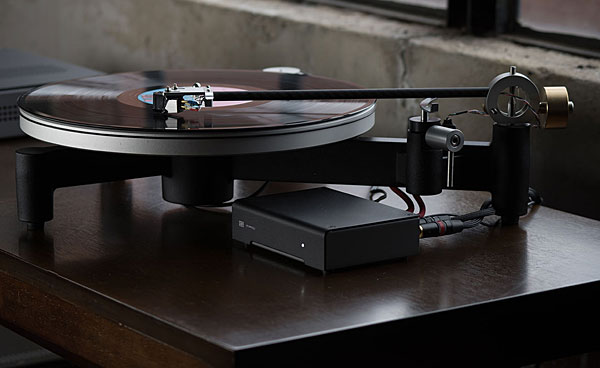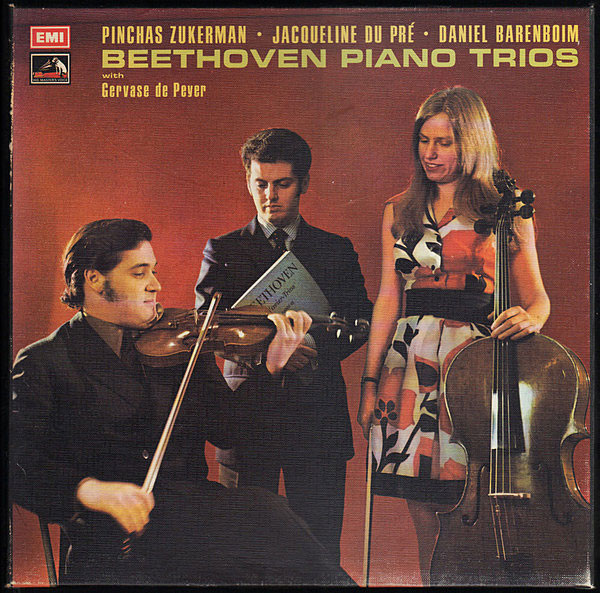| Columns Retired Columns & Blogs |
I was gonna bitch a little because the darn thing doesn't have switchable headschells but geeze an entire Arm for $200 seems like 1980 pricing, doesn't it? So, have a few Arm & Cartridge combinations.
Is it possible that the Schiit guys could build a solid Mechanical Device ?, I'm hoping a follow-up series of commentary about how this machine handles one of the beautiful MC transducers that Mr.Moffat suggests it's capable of scaling-up to.
Thinking mechaniclly, those LINN people came up with a dam nice design build right from the very beginning even though they had the little AR turntable to copy and improve. What did Schiit Copy and Improve ?
This device has me thinking that our Stoddard & Moffat team are a later day version of the brilliant workings of LINN-NAIM. Now they might just present their own versions of the KANN,SARA & ISOBARAK line of tri-amped Loudspeakers.
I've known these guys for 10 years, their Ideology has never been a veneer. I've been delighted with every piece of Schiit gear I purchased .
Tony in a opened-up Venice Florida
ps. I'm not buying one of these players, my future is shirt pocket.











































